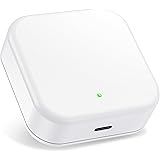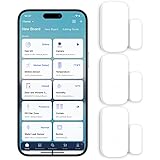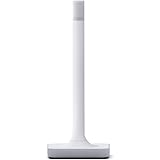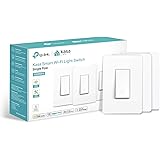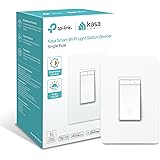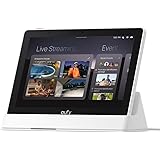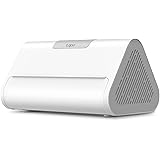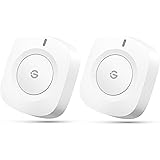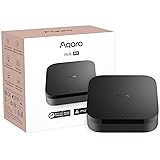Home automation systems allow you to centrally control and monitor lighting, security, heating/cooling, entertainment and other home devices from a convenient interface – either a tablet or smartphone. A system can be programmed to automate tasks based on schedules, user requests or triggers from sensors. It can also be controlled by voice commands through devices like home assistants or smart TVs or with gesture recognition. Home automation is used to customize a home environment to suit the homeowner’s habits and lifestyle and can be a cost effective way of managing energy consumption.
In the best case scenario, a home automation controller acts as the brains of your smarthome, communicating with sensor-equipped light switches, thermostats, security systems and AV-controllers via wireless protocols such as Zigbee. The system can also integrate with home assistants such as Amazon Alexa or Google Assistant so that users can easily control the system through natural language. The most popular home automation system is currently Apple’s HomeKit, but there are several other competitors. For example, MCV (Vera Home Controls) offers a full-featured system called UI7 that you can access from your mobile device or from a wall mounted screen.
The best home automation controllers are platform agnostic, meaning they’re designed to work with a wide range of devices from different manufacturers without the need for a slew of apps. There are now many different types of smart devices available, from video doorbells to smart locks, smart plugs, smart lights that can be dimmed in 16 million colors and more, smart thermostats, smoke and flood detectors and even a robot for vacuuming floors or mowing the lawn. The goal of home automation is to control these devices from one central location using a tablet, smartphone or voice command.
Most home automation systems offer some form of scheduling or event-based rules that enable the system to perform predetermined tasks, such as lowering the blinds at 7:30 PM, locking the doors when you leave, turning on the living room lights and turning off bedroom lights when it’s time for bed. You can create robots that will perform multiple actions based on a single trigger, such as “When I say, ‘Hey Google, let’s cook!’ the kitchen lights turn on, music starts playing in the kitchen and my coffee maker power turns on”.
Home automation allows you to control all of these devices using a central hub that connects directly to your WiFi network. This can be a tablet, smartphone or smart TV and enables you to control your home with simple voice commands or an elegant, easy-to-use graphical user interface that will give you all of the information about your home in one place. The system can also be accessed remotely through the internet and is designed to automatically update your devices’ software with security updates, bug fixes and other features. Some systems will send notifications to your mobile device or email when certain events occur, such as a sensor-triggered event or someone arriving at the front door, and you can then choose how to respond.
